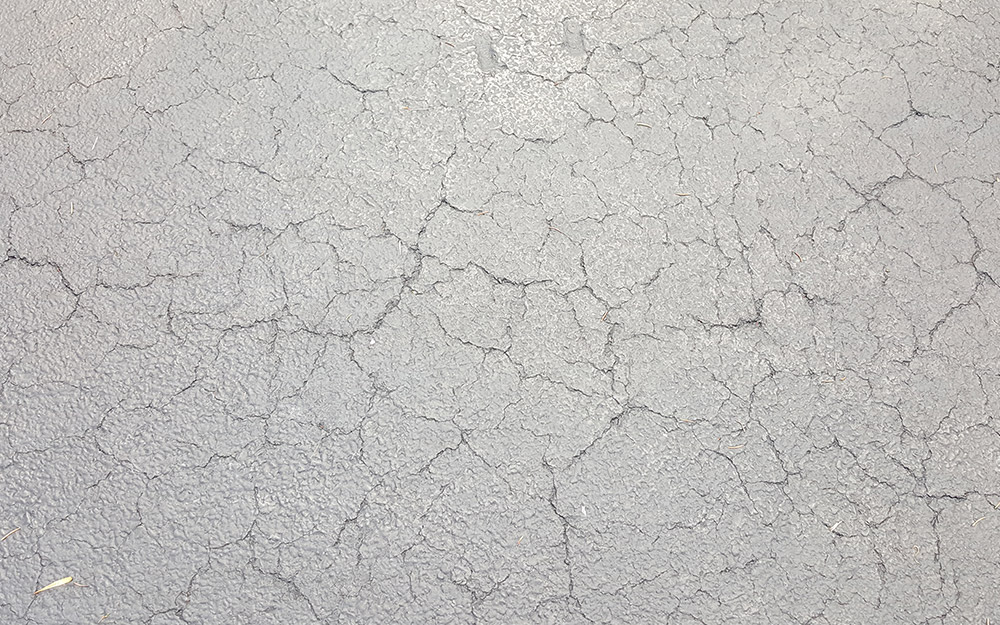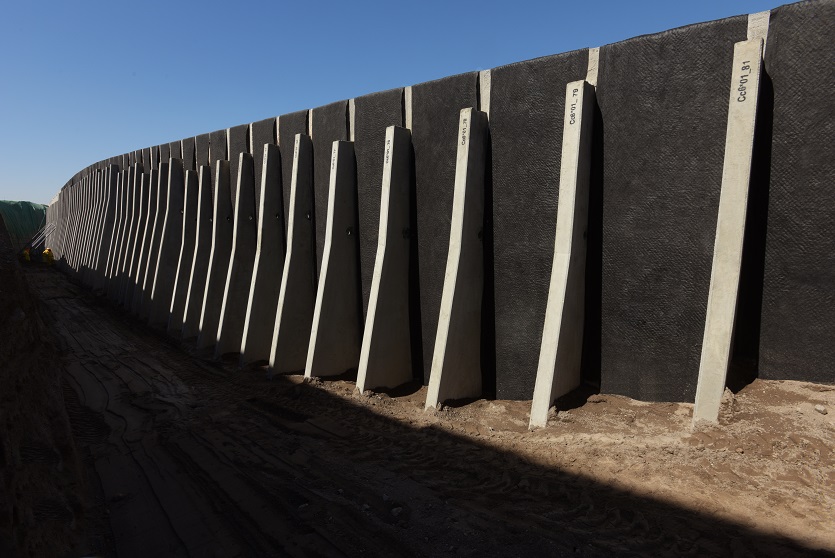Table of Contents
Introduction
Plastering is an essential step in finishing walls and ceilings, providing a smooth and aesthetically pleasing surface. In this guide, we’ll explore the various factors contributing to cracks in plastering and provide practical ways on how prevent cracks in plastering.
However, the appearance and durability of plaster can be compromised when cracks develop. Cracks not only detract from the visual appeal of a space but also indicate structural issues that may worsen over time.

Causes of Cracks In Plastering:
- Poor Workmanship:
The most common cause of cracks in plaster is poor workmanship during the application process. Inadequate mixing of plaster materials, improper application techniques, and insufficient drying time can all lead to weakened plaster prone to cracking. - Inadequate Base Preparation:
Plastering is only as strong as its base. Insufficient preparation of the substrate, such as not cleaning or priming the surface properly, can result in poor adhesion and, consequently, cracks in the plaster. - Moisture Issues:
Moisture is a significant enemy of plaster. If the substrate is not adequately protected from moisture, or if there are leaks in the building structure, the plaster can absorb water, leading to expansion and contraction that eventually causes cracks. - Structural Movements:
Buildings are subject to various movements due to factors like settling, foundation shifts, and temperature changes. These structural movements can cause stress on the plaster surface, leading to cracks over time. - Incompatible Materials:
Using incompatible materials in the plaster mix can result in uneven drying rates and differential shrinkage, contributing to cracks. Ensure that all components of the plaster mix are compatible and follow the manufacturer’s recommendations.
How to Prevent Cracks in Plastering
- Quality Materials:
In my opinion this is the most important thing to take note in order to prevent cracks in plastering. The foundation of a durable plaster job is the use of high-quality materials. Invest in reputable brands and ensure that all components, including sand, cement, and additives, meet the necessary standards. This not only enhances the strength of the plaster but also improves its resistance to cracking. - Proper Base Preparation:
Thoroughly clean and prime the substrate before applying plaster. Remove any dust, dirt, or loose particles that could hinder adhesion. Applying a bonding agent or primer helps create a strong bond between the substrate and plaster, reducing the risk of cracks. - Correct Mixing Techniques:
Follow the manufacturer’s guidelines for mixing plaster materials. Properly mixed plaster ensures uniform consistency and enhances the strength of the final application. Take the time to mix the plaster thoroughly, paying attention to proportions and water-to-plaster ratios. - Appropriate Application Techniques:
The application of plaster requires skill and precision. Use the right tools and techniques to achieve a smooth and even application. Avoid applying plaster in excessively thick layers, as this can lead to uneven drying and increased susceptibility to cracks. - Controlled Drying:
Allow sufficient drying time between coats, and avoid rushing the plastering process to prevent cracks in plastering because rapid drying can result in shrinkage and cracking. Create an environment with controlled humidity and temperature to facilitate even drying and minimize the risk of cracks. - Expansion Joints:
Introduce expansion joints in large plastered areas to accommodate the natural movement of building structures. These joints provide a buffer for the expansion and contraction that can occur due to temperature changes and other external factors, reducing stress on the plaster surface. - Moisture Management:
Implement proper moisture management techniques to protect plastered surfaces. Ensure that the building is well-insulated, address any leaks promptly, and install proper ventilation systems to minimize the risk of moisture-related issues. - Regular Inspections:
Conduct regular inspections of plastered surfaces to identify any early signs of cracking. Promptly address any issues, such as hairline cracks, before they escalate into more significant problems. This proactive approach can significantly extend the life of the plaster.
Conclusion:
Preventing cracks in plastering requires a combination of quality materials, proper techniques, and a proactive approach to address potential issues. By investing time and effort into the preparation and application process, as well as implementing preventive measures, you can ensure a durable and visually appealing plaster finish that stands the test of time. Remember that attention to detail and adherence to best practices are key to achieving a crack-free plastered surface.
We hope you find this content useful. Please kindly take time to follow us on on facebook, and instagram.




